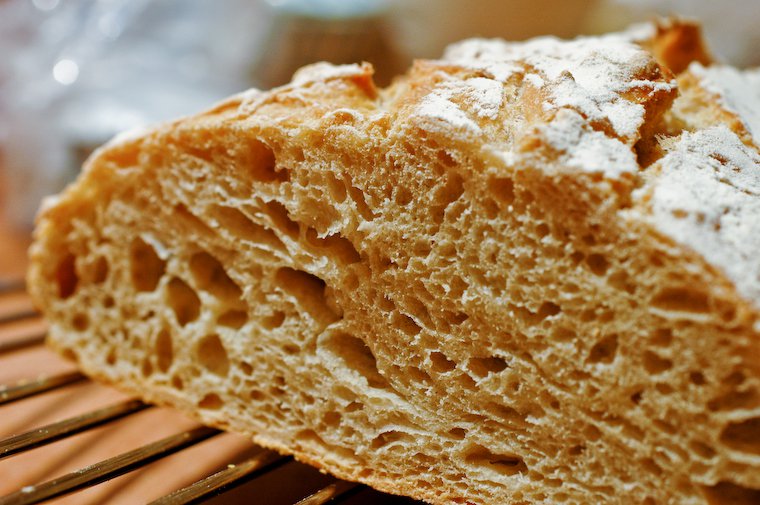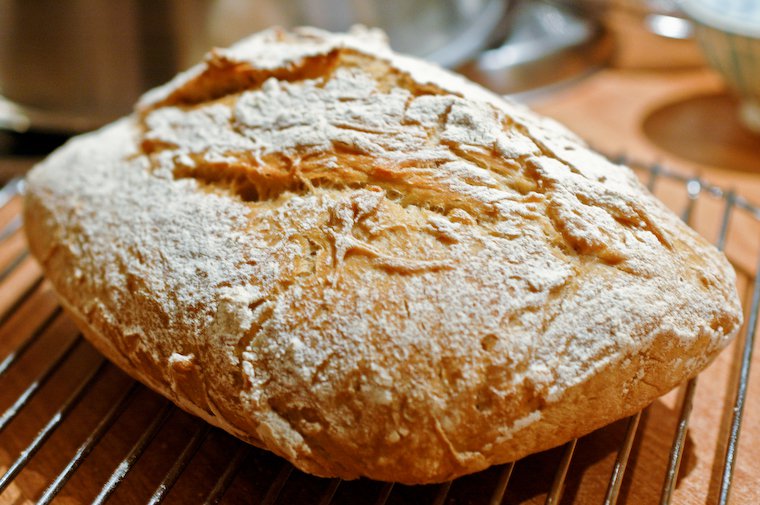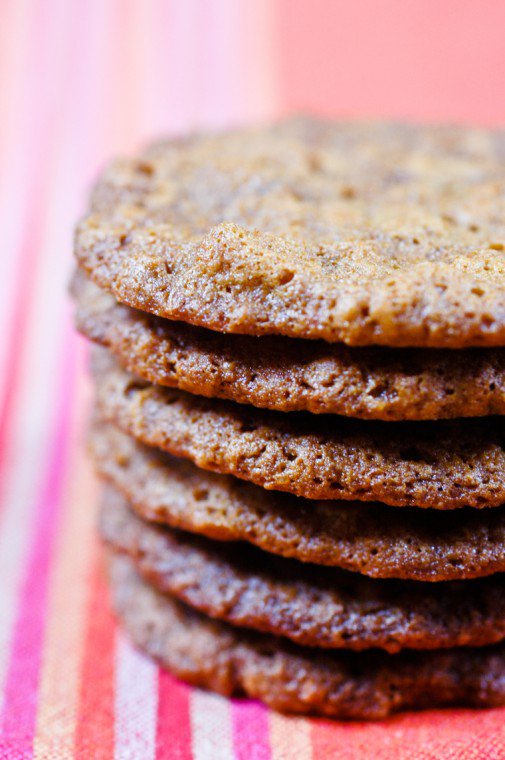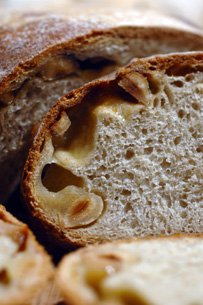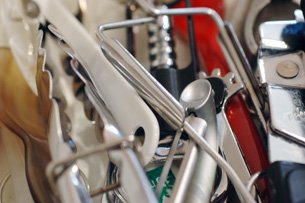
[Part I can be found here.]
Utensils
– A slotted turner, to lift and turn food in the skillet or sauté pan. Choose a heat-resistant one made of silicone or nylon so it won’t scrape your pans.
– A pair of locking tongs, to grab, flip, and arrange food in the pan as precisely as if you were using your fingers, minus the burns.
– Wooden spoons, to stir and mix. It’s nice to have at least two of these. Choose them with a long handle (about 30cm/12”) so your hand will be far from the heat source as you stir.
– A slotted spoon, to lift the solids from a pan and leave the liquids behind. Very handy to serve stews, too.
– A ladle, to transfer and serve soup.
– A heat-resistant silicone spatula, to scrape bowls to the last drop, and smooth out the surface of cake batters.
– A wire whisk.
– A set of measuring cups and spoons. I personally use the same set of cups to measure liquids and solids, and I am still alive.
– A nesting set of mixing bowls. Three is enough; don’t get tricked into buying one of those rainbow-colored sets of ten, however good-looking. Choose plastic or stainless steel; make sure they are stable and don’t tip over too easily. If you’re short on space, get glass or ceramic bowls attractive enough that they can also be used as salad bowls.
– Cutting boards. Wood and plastic are both fine; I myself am partial to bamboo boards. (Note: to avoid cross-contamination, our friends the food safety experts say you should assign three different boards to work with produce, cooked products, and raw animal products.)
– A cooling rack, to speed up the cooling of baked goods so you can eat your cookies sooner.
– A fine-mesh sieve, to strain sauces and marinades. I use mine to sift the flour for cakes.
– A large colander, to drain pasta and set vegetables aside as you chop them.
– A salad spinner to dry your salad greens. It does a good job with fresh herbs, too, no real need to get the miniature one.
– A pepper mill. I love the one Meg gave me, which you operate with one push of the thumb (although, when the reservoir is full, my thumb is not quite strong enough).
– A can opener, preferably one that also has a little metal lip to open jars of jam (and, incidently, bottles of beer).
– A nut cracker. I use a simple yet sturdy vintage one that Maxence’s grandparents gave us.



